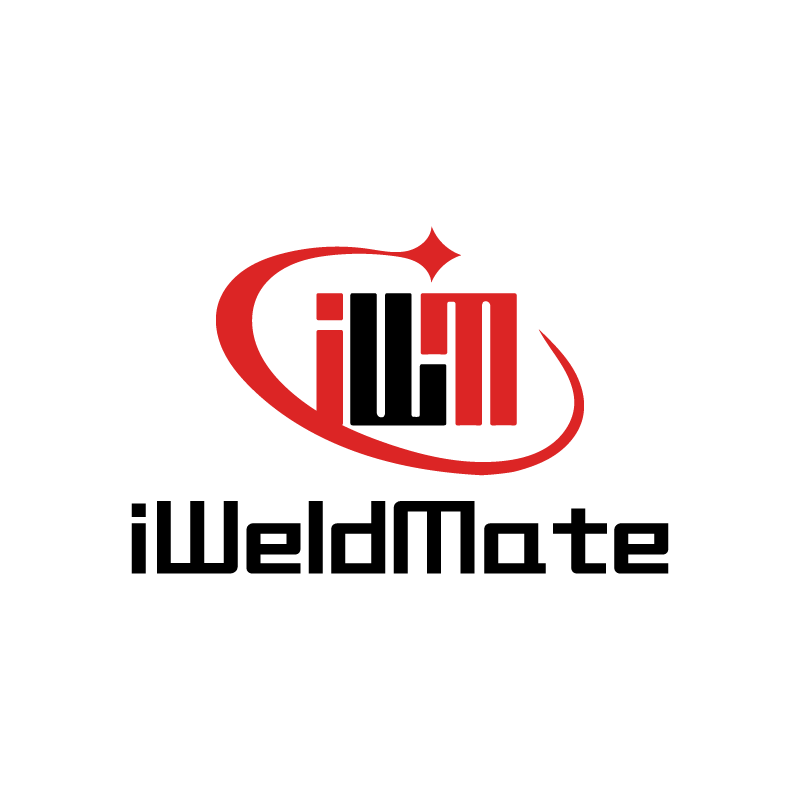
Welcome to Hangzhou 4L Science &Technolege Co.,Ltd.
NameDescriptionContent
Resources

New Patent Unveiled: Revolutionary Laser Welding Method for Large-Sized Ultra-Thin Diaphragm Components
In a significant development for the manufacturing and aerospace industries, the latest news in laser welding technology has emerged with the filing of a groundbreaking patent. On February 21, 2025, financial news platform Jinrongjie reported that the Xi'an Aerospace Engine Co., Ltd. has applied for a patent titled "A Laser Welding Method for Large-Sized Ultra-Thin Diaphragm Components," with the public number CN 119489266 A and a filing date of October 2024.
The Significance of Laser Welding in Modern Manufacturing
Laser welding, a cutting-edge joining process, has been making waves across various sectors due to its numerous advantages. This technique harnesses the power of laser beams as a heat source to achieve highly efficient and precise welding. Its ability to produce minimal deformation in the welded workpiece, along with high energy density and deep penetration, makes it a preferred choice for many applications. The deep penetration results in a high aspect ratio of the weld seam, while the low heat input leads to a small heat-affected zone, ensuring high - quality welds that often have mechanical properties equivalent to or even better than the base material.
Moreover, laser welding is not affected by magnetic fields, does not require a vacuum environment, and is not limited to conductive materials. These features open up a wide range of possibilities for its application in different industries. For example, in the automotive industry, laser welding has been widely adopted for body manufacturing and component joining, replacing traditional welding methods in many cases. In the aerospace field, its precision and high - quality results are crucial for fabricating complex and high - performance components.
The Breakthrough of the New Patent
The new patent application by Xi'an Aerospace Engine Co., Ltd. specifically targets the challenges associated with welding large - sized ultra - thin diaphragm components. These components are often used in aerospace engines and other high - tech equipment, where precision and quality are of utmost importance. The traditional welding methods have struggled to meet the requirements for these components, resulting in issues such as excessive deformation, poor weld quality, and low production efficiency.
The newly developed laser welding method aims to overcome these obstacles. By optimizing the laser parameters, welding process, and fixture design, it is expected to achieve efficient and high - quality welding of large - sized ultra - thin diaphragm components. This could potentially lead to significant improvements in the performance and reliability of aerospace engines and other related products.
Implications for the Future
If successfully implemented, this new laser welding method could have far - reaching implications. In the short term, it may enhance the competitiveness of Xi'an Aerospace Engine Co., Ltd. in the global aerospace market. The ability to produce high - quality large - sized ultra - thin diaphragm components more efficiently will give the company an edge in winning contracts for engine manufacturing and component supply.
In the long run, the technology could be extended to other industries that require the welding of large - sized ultra - thin components. This could drive innovation and development in areas such as high - speed rail manufacturing, advanced electronics, and high - end equipment manufacturing.